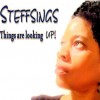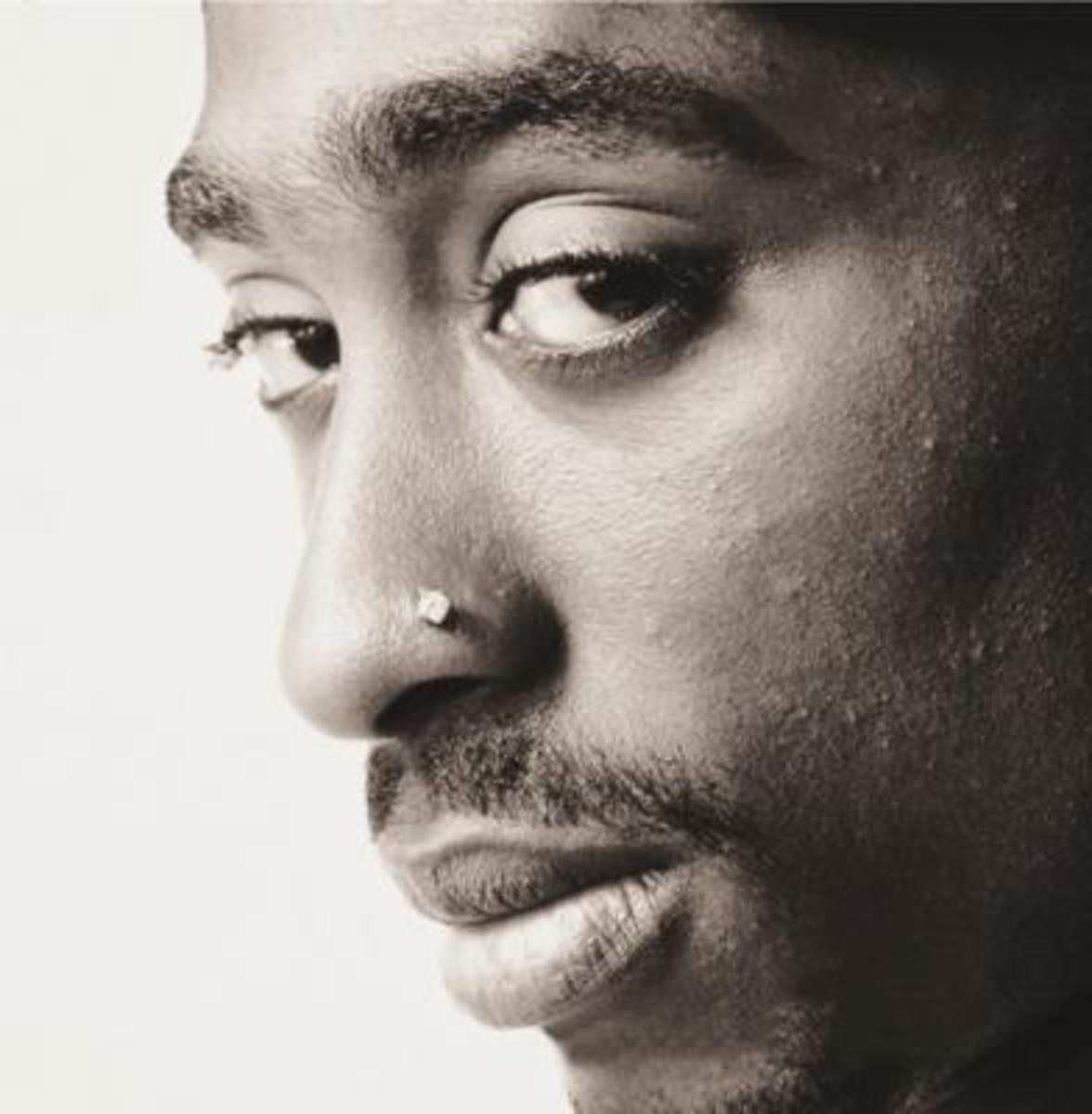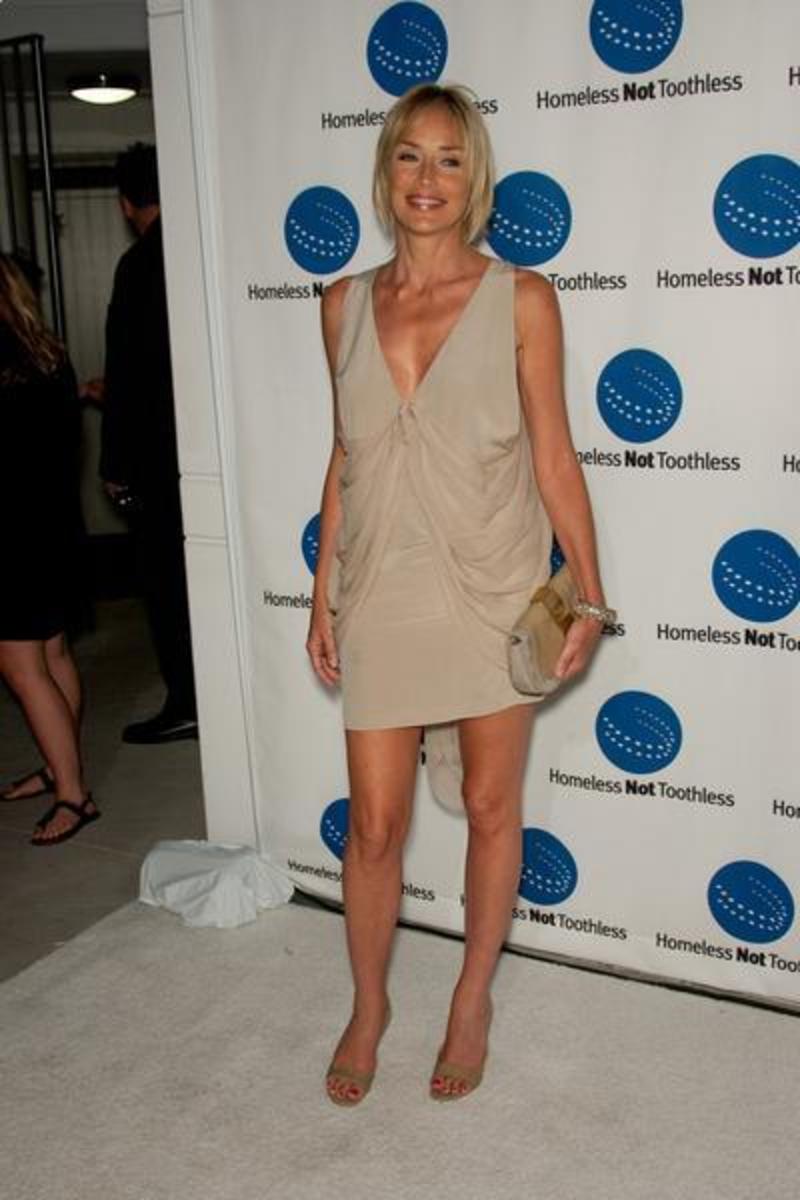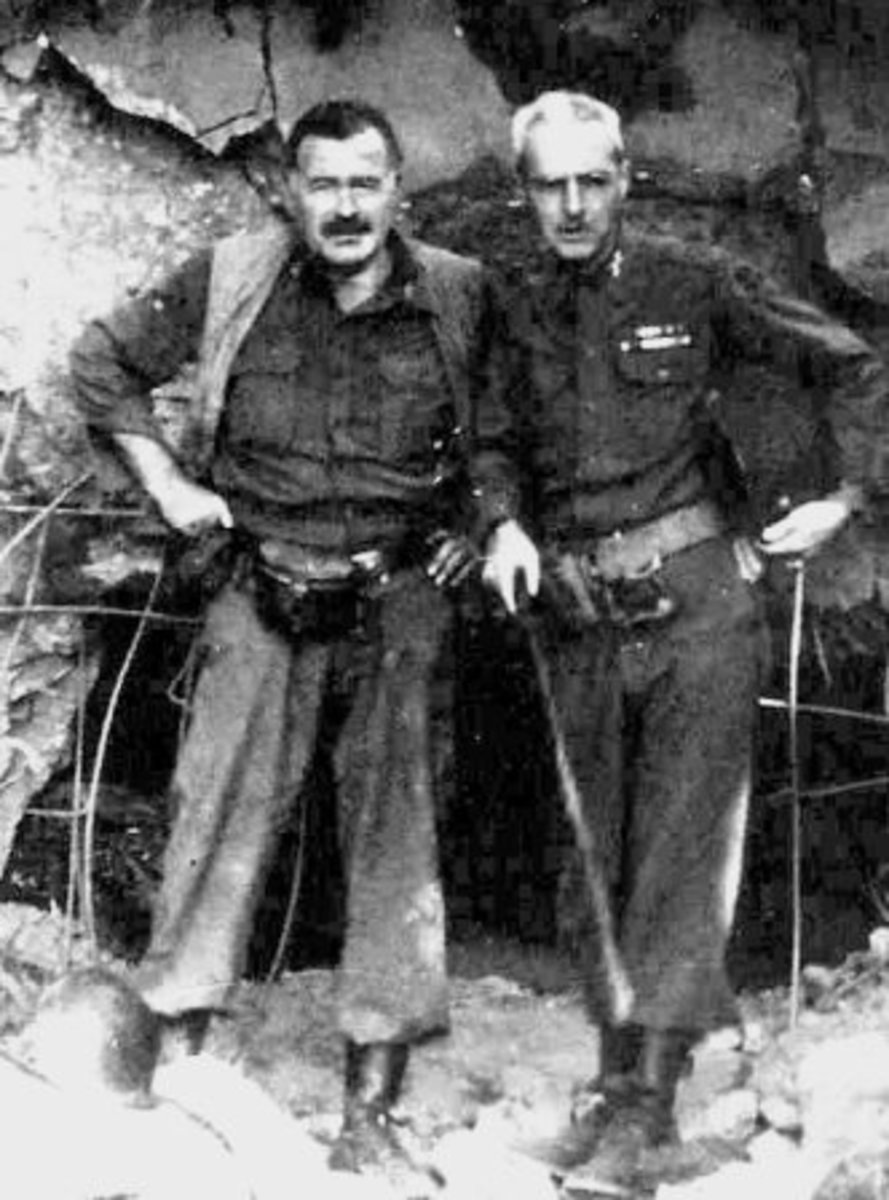Young Black and Loud
In life we walk along glancing at strangers. We size them up and almost instantaneously divide them into categories; man, woman, young, old, safe, dangerous, good, bad, beautiful, ugly, wealthy, poor… We pre-judge them to determine their value or probability of threat they bring, after just a one momentary glance.
I have seen (some, not all) young Black teen girls, beautiful, wide-eyed and hopeful. I’ve seen them walking down the street, at a bus stop or in the mall. They feign indifference, smirking, loudly talking to companions. I’ve seen their haughty wide movements with hips swaying. Heard their slang mixed with curses from urban lilted voices chattering. I’ve seen them laughing with big smiles, flippant to anyone who might narrow their eyes and purse their lips as if to say “your loudness bothers us.” I’ve heard retort to the narrowed eyes...“what you looking at bi…” or “motha f….” or other foul insults flying out into the direction of accusing eyes. I’ve seen short-shorts and pants tight enough to break, bosoms heaving over tops that cannot technically be called blouses.
And I’ve seen (some, not all) young Black teen boys. They are strong enough to carry the weight of two men. They are off-Black, brown, dark brown, light brown and so light-brown you cannot be certain if they part Black at all. Walking shoulder to shoulder like comrades daring passers-by to break through their ranks at their own risk. I’ve seen them laughing at those who seem weaker or frightened. They smirk and nod to one-another as if to remind themselves “we are strong and we are a force to be reckoned with.” I have seen them cursing-curses, remarking “f… you” at the start of a sentence and “nigg…” at the close of the phrase.
The truth is we don’t know what happens behind closed doors at home, classrooms, and offices of authority figures. What words have been said that cause young Black queens to hope strangers see her revealing clothes and tell her she is attractive? What words and actions have young Black kings experienced that encourages him to demand strangers move out of his way to prove he is fierce and powerful?
Some older wiser Black men and women shake their heads and look ashamed by these beautiful young queens and strong kings. They are embarrassed to see them fitting neatly into the Ghetto child, grown-up 'Bebes' kids stereotypes; ones they may have spent years to negate, only to see them seemingly accepted by the next generation. Other Black people might take the opposite stance. They internally defend and excuse their behavior wondering “why can’t they be who they are without judgment”.
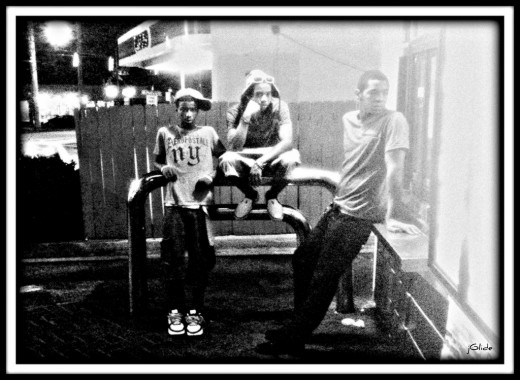
Who is right? Who is wrong? Are accusing eyes of others appropriate? Should other Black women and men be ashamed? Shouldn’t these young people be allowed to define themselves and be accepted as all others teens? Are they not afforded the same rights as other generations of young people who claim their decade with self-made slang, songs, pop culture, and blissful ignorance of youth? Are they any different than the 1980’s pot smoking 'Breakers & Pop-Lockers and 'Breakfast Clubbers', or 1950-1960’s Savage Youth and plenteous 'Rebel’s Without a Cause' the 1940’s Beboppers with *booze guzzling and loud jazz swinging, or 1920’s Flapper Girls & Rebellious young men with their generous use of *heroin and cocaine who broke *sexual mores of their day?
[*I do not condone drug use, abuse or risky behaviors, this is mentioned to place past and present youth cultures into perspective.]
No and Yes, they should be allowed enjoy their youth and even make mistakes, and no, because we are fearful for their safety. African American youth do not always have opportunities to enjoy blissful ignorance as society is quick to answer childishness with racial profiling and subsequently disproportionate incarceration, as well as biased treatment throughout every major institution from health care to social services (Jones, C., Center for Disease Control, 2003). Yes our youth have a right to be young and even carefree, but it is at their own risk.
We who sit in judgment have no understanding of the life they may have lived. We are so far removed from their generation we don’t remember the turmoil of youth in transition. They are in a battle between acceptance or being isolated and rejected by those who mean the most to them at this stage of life; their friends. Their posture and actions speak volumes. They are saying “we are strong, we are independent, we make rules too, we deserve to be seen and heard.” Their anger with disappointing looks and reprimands says “we are not evil, we are being ‘us’ and your judgment offends ‘us’”.
One concern however is a hidden agenda underneath bravado and swaying hips. It is the quest to compete in a world where the rules are slightly foreign to them. Where teen girls know men will look but hope they do not touch, hoping instead they will be viewed as lovely inside and out with a good head on ones shoulders. They hope women might acknowledge their beauty and carefree laughs but consider them as intelligent and filled with promise. Teen boys imagine a world where they are seen and admired in eyes of onlookers. They hope for head nods of approval and acknowledging smiles whenever they pass by. “Yes, you are good, you are important, your personality as seen in dress and style, is unique and valuable, and you mean something to us.” These are the unspoken words they want to hear, but instead they receive the opposite. Fearful gazes, disapproving heads shaking side-to-side, avoidance of eye gaze, disgust and even pity is what they meet. There is no welcome in the world for the things they present, only dismissal for their small peace offerings, the only evidence they have to prove they were once young and lived here too.
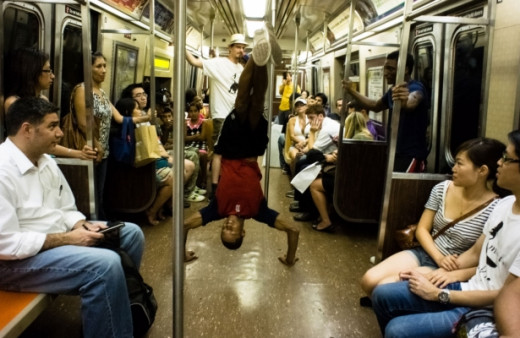
Are You Willing to Take the Challenge: Look with Compassion and Less Assumption
And then there is the trouble of simply passing from adolescence to adulthood. Their work is to build friendships and relationships while exploring identity and framing their personality. They must do the work of carefully choosing the right path, a choice only they can make. They are doing their best to navigate through blended and blurred moral lines laid out for them by an increasingly permissible society. They know first-hand the hypocrisy of adults who say words like justice, fairness, blessings, potential, dream, success, holiness, and purity while other adults look with lust at their bodies, brand them as incorrigible or intellectually and morally defunct, and some who fling obstacles into their paths. These adults who feel empowered to cut their eyes and look with disgust at these, our youth, as we pass by.
How do we address these young people who congregate in loud groups that tend to scare so many people? These, our maturing children that take pride in bantering language that sounds foul to our older adult ears. Who mimic things they see on TV and internet without carefully considering the consequences. Who destroy chances for greater things at times, just so they might remain in the good graces of bullies and 'friends' who probably will move on and never remember their names in a few years? We hope their own parents will lead them, which is ideal. But children do not live in isolation with only their parents. They go out into the world where we judge them. We cannot preach them into submission on a passing subway. We cannot teach them to use kind words and do good deeds on a street corner, or in the mall or down the hall as we walk on by.
In reality some well meaning adults would risk their own safety if they choose to reprimand a loud talking, cursing and railing bunch youth in an alley, bus, or Movie Theater, though it may be worth it in the end. An adult who will risk being that foreshadowing or warning that authorities with gavels and guns may not be as kinds to young brown people, so be careful, ‘don’t act a-fool.’
We can start by changing our glances. We begin to look with love and respect for their humanity. We acknowledge that we may not know their story; we only assume they fit into our stereotype. And even if they do, we love the fact that they are still here, our future adults who will be the workers, professionals, mothers and fathers of the next generation. We risk eye contact and see past their loud, gaudy, revealing, demanding presence. We do not shame ourselves or others who understandably fear and clutch bags and wallets, or purse their lips when they walk by. Instead we challenge ourselves Black, Latino, Native, White and others to look with pure holy love at our youth as we look with pure holy love at theirs. Our youth need this nodding of heads, small smile of approval that acknowledges their right to own their decade and pass over to adulthood with self worth intact. We may not like their language or behaviors, but we can love the fact they are alive and have great potential for the future. Our momentary glances cannot predict who they will become, but our love and connectedness can change our beliefs about them and potentially their beliefs about themselves. Many only want this one small thing, acceptance of the small offerings they bring to a new foreign adult world. As they huddle together laughing big and proud saying I am not afraid, all-the-while huddled together close to hide their collective fear. These youth who pass us in the malls, on the streets, buses, or subways, bearing the only gifts they have to offer the world, themselves.
What Are These Kids Thinking?
Theory
| Age
| Stages
| Major Events
|
|---|---|---|---|
Eric Erikson's Psychosocial Development
| 12-18 years
| Identity vs. Role Confusion
| Peer Relationships, Sex Roles, Political and Moral Beliefs
|
Kohlberg's Moral Stages
| 10-15 years
| Interpersonal Relationships & Maintain Social Order
| Living up to Expectations/Approval to be seen as "Good" according to Friends, Family, Society & avoidance of "Guily"
|
Piaget's Cognitive Development
| 11-15 years
| Formal Operational
| Tests ideas, considers future and their ideal life, judges things based on their past experiences
|
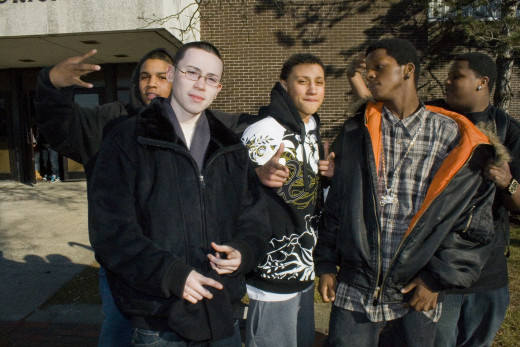
Disproportionate amounts of youth incarcerated:
- 1 in every 15 African American men and 1 in every 36 Latinos are incarcerated (Kerby, 2012)
- Blacks and Latinos are approximately 3 times as likely to be stopped whiled driving(Borchers, N.D.)
- African Americans are more likely to experience threats and force while interacting with police and subsequently become arrested (ACLU, 2007)
© 2014 steffsings
